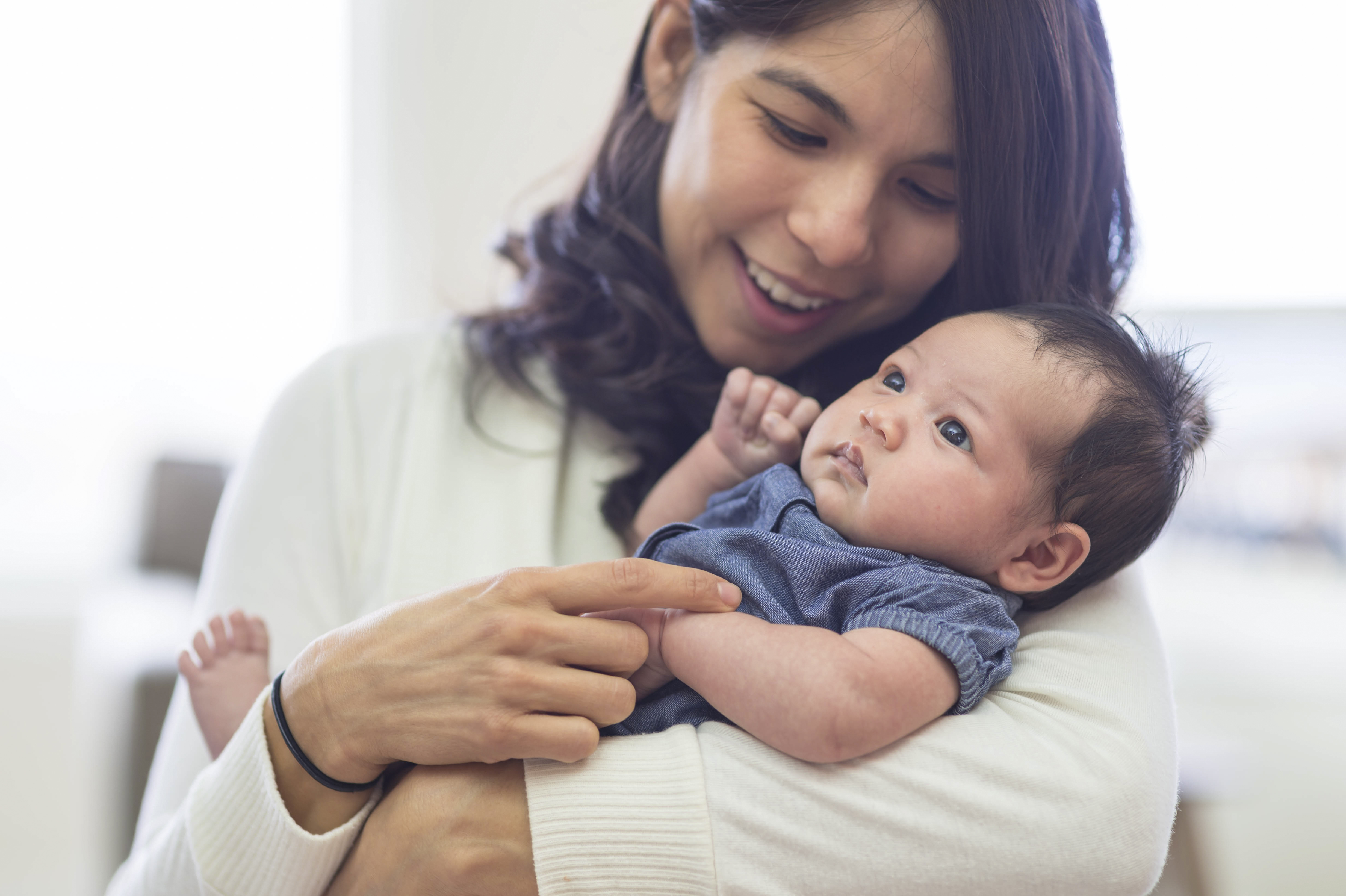Falls are the leading cause of hospital admissions from injury for children aged 0-14 years, but many of these injuries can be prevented! Learn how to prevent falls from occurring in your home, including how to spot common causes of falls and how to fall-proof your home.
Falls by age
Falls are often predictable and preventable, with common falls occurring in different areas depending on a child’s age.
- Infant falls happen at home, by falling from a raised surface such as a parent’s arms, a bed, couch, change table or down the stairs.
- Toddler falls usually occur at home from slipping, tripping, or falling out of bed, down the stairs or from furniture.
- Children four to nine years of age are most likely to fall outside the home at playgrounds.
Common areas for falls at home
Sleeping and changing areas
- Never place babies in car seats or other carriers on tables or other furniture.
- Use safety straps provided on changing tables and always keep one hand on your baby.
- Lower the crib mattress once your child can push up on their hands and knees.
- Once a child is taller than 90 cm (35.5 inches), move them out of the crib and into a toddler bed.
- Do not let children under six years of age sleep on the top bunk of a bunk bed.
- Teach children not to jump on furniture.
Stairs
- Install stair gates at the top and bottom of stairs.
- Never use pressure mounted gates at the top of stairs, as children may be able to push them over.
- Clear furniture, toys, clothing, and other tripping hazards away from stairs.
- Teach children to walk slowly up and down the stairs, and to use the handrail.
Windows and balconies
- Add window locks or guards so windows or sliding doors do not open more than 10 cm (4 inches).
- Move furniture away from windows and balcony doors.
- Lock balcony doors with childproof locks.
Chairs and walkers
- Never use baby walkers that have wheels – these are not approved for use in Canada.
- Always buckle your child into their highchair, stroller, or other carrier.
- Never leave your child unattended in any infant seat including swings, bouncers, and jumpers.
Bathrooms
- Clear spilled water off the floor to prevent slips.
- Use a non-slip bathmat in the tub and on the bathroom floor.
What to do if a fall occurs
Call 911 if your child:
- has seriously injured their head, neck or back.
- is unconscious.
- is having trouble breathing.
- is having a seizure.
- is vomiting.
Bring your child to a health-care provider or the emergency room if:
- they are experiencing any of the symptoms above.
- they are in a lot of pain.
- you are concerned that they have a broken bone.
- you did not see the fall occur.
- they have a bleeding wound that appears deep or does not stop bleeding.
- you are unsure what to do.
If your child is not experiencing any of the symptoms above after a fall:
- look for any injuries.
- use soap and water to clean any minor cuts or scrapes.
- let your child rest, as needed.
Resources

